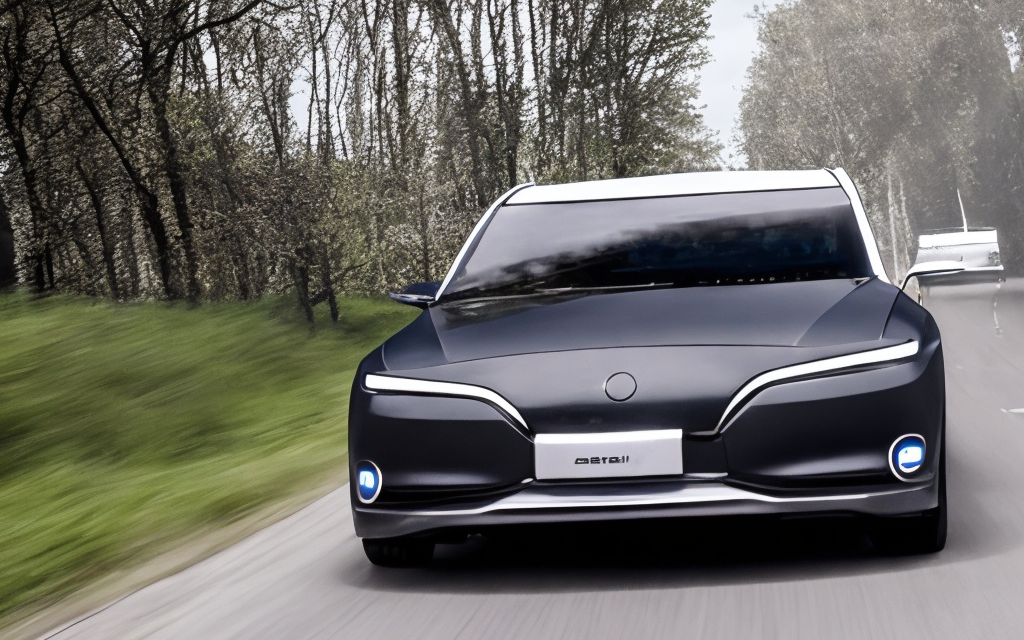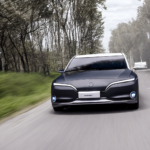The Potential for Autonomous Vehicles Powered by Web3
Autonomous vehicles, or self-driving cars, are no longer a distant dream of the future – they are here and now. The potential for these vehicles is increasingly being driven by Web3 technology, a new paradigm of the internet which focuses on decentralization and direct user-to-user interaction. Web3 technology has the potential to revolutionize the automotive industry and bring the power of self-driving cars to the masses.
- What Is Web3 Technology?
- How Can Web3 Technology Improve Autonomous Vehicles?
- What Are the Challenges of Implementing Web3 Technology in Autonomous Vehicles?
- What Does the Future Hold for Autonomous Vehicles Powered by Web3?
What Is Web3 Technology?
Web3 technology is a new way of looking at the internet, with a focus on decentralization and direct user-to-user interaction. It is based on blockchain technology, which uses a distributed ledger to record and store data securely and transparently. It is also powered by smart contracts, which are digital agreements that are enforced and executed automatically without the need for a third-party intermediary.
The advantages of Web3 technology are numerous, including improved privacy and security, an increase in trust between parties, and reduced transaction costs. In the automotive industry, Web3 technology can be used to improve the safety and efficiency of autonomous vehicles, as well as provide access to new services and applications.
How Can Web3 Technology Improve Autonomous Vehicles?
Web3 technology can have a variety of applications in the automotive industry, from providing secure, real-time data sharing to enabling autonomous vehicle payments and transactions. For example, Web3 can be used to securely share data such as vehicle location, speed, and other sensor data with other vehicles or infrastructure. This can help to improve safety by enabling vehicles to “see” and react to their environment in real-time.
Web3 technology can also be used to facilitate autonomous vehicle payments. For example, Web3-powered smart contracts can be used to ensure that payments are made when a vehicle arrives at its destination, or when an autonomous vehicle enters a certain area. This can help to reduce fraud and improve the efficiency of payments.
What Are the Challenges of Implementing Web3 Technology in Autonomous Vehicles?
While Web3 technology has the potential to improve the safety and efficiency of autonomous vehicles, there are still some challenges that need to be addressed before it can be widely adopted. For example, the technology is still relatively new and there are still many unknowns about how it will work in the real world. In addition, the cost of implementing Web3-powered solutions could be prohibitive for smaller companies or startups.
What Does the Future Hold for Autonomous Vehicles Powered by Web3?
The potential for Web3-powered autonomous vehicles is immense, and the technology is continuing to evolve and improve. In the near future, Web3-powered solutions could be used to provide better safety, improved efficiency, and lower costs for autonomous vehicles. In the longer term, Web3 could revolutionize the automotive industry and make autonomous vehicles more accessible to the masses.
No matter what the future holds, one thing is certain – Web3 technology is set to revolutionize the automotive industry, and autonomous vehicles powered by Web3 will be at the forefront of this revolution.














